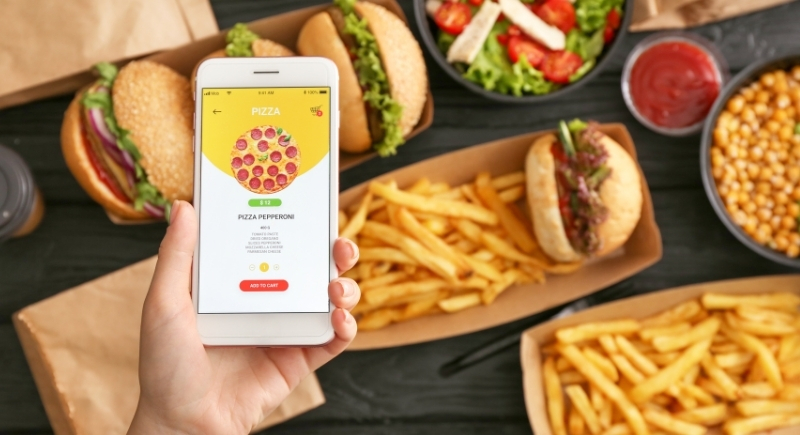Where Did All the Cheap Fast Food Deals Really Go?
Once upon a time, a crumpled dollar bill could buy more than a soda. It could land you a burger, fries, and maybe even a drink if you hit the right drive-thru. Today, that same dollar barely covers a dipping sauce. The dollar menu didn’t vanish overnight, but faded as prices climbed and paychecks failed to keep up.
What used to feel like a cheap bite became something closer to a small indulgence wrapped in paper and nostalgia. Fast-food chains still talk about value, but what they now call “a deal” looks very different from the meals that fed students, commuters, and late-night workers years ago.
The Rise And Fall Of The One-Dollar Dream
When McDonald’s introduced its dollar menu in 2002, it was more than a list of cheap items; it became a cultural moment. Those prices gave people comfort during recessions and long commutes. By 2025, that promise couldn’t hold.
Data from Push Operations shows that food costs jumped nearly 30% between 2019 and 2024, and McDonald’s confirmed its menu prices rose roughly 40% in that time. The math simply stopped working once the price of meat, cheese, and labor soared beyond what those golden arches could handle.
Chains began replacing the original Dollar Menu with something more flexible. McDonald’s brought in the McValue Menu, offering a “buy one, add one for $1” deal. Burger King tried mix-and-match bundles for $5 or $7. These bundles were technically cheaper than a full combo but far from the thrill of building a meal with pocket change.
Fast Food Feels Different Now

Image via Getty Images/Prostock-Studio
According to LendingTree, the average price of a fast-food meal in major U.S. cities reached $11.56 in 2025. San Francisco topped the list at nearly $14, while Columbus, Ohio, still counted among the cheapest, hovered around $10. That’s roughly triple the cost from ten years earlier. A McDouble that sold for $1.19 in 2014 now rings up near $3, and most value meals have climbed into double digits.
Convenience remains the core appeal, but the affordability that once defined fast food has faded away.
The people working behind the counter aren’t celebrating the price increases either. With an average hourly pay of $15.07, many fast-food employees would spend close to 40% of their income if they ate three meals a day at their own workplace. It shows how far fast food has drifted from being a “cheap eat” to something that even workers struggle to afford.
Inflation, Apps, And The New Value Game
The industry has turned to technology to stay competitive. Apps have become loyalty systems offering free fries, five-dollar bundles, and reward points that encourage return visits. Taco Bell and McDonald’s promote in-app exclusives that make prices seem friendlier. These deals ease the blow for customers but fail to restore the old sense of affordability.
Analysts say post-pandemic inflation forced restaurants to raise prices faster than ever. McDonald’s once increased prices gradually, around two percent per year. Between 2019 and 2023, it had to hike them by forty percent to offset labor, rent, and supply expenses.
Competitors followed the same path. This trend made casual dining, which was once considered pricey, look like a better deal for families. When a sit-down meal costs nearly the same as a fast-food combo, it’s easy to see why people start rethinking drive-thru habits.
The Customers Who Stopped Showing Up

Image via Canva/pixelshot
Fast food has long depended on lower-income customers, but many of them have pulled back. In early 2025, McDonald’s executives reported that visits from these groups dropped by double digits. Breakfast, once reliable for steady sales, also slipped as more people made coffee and toast at home. Spending seven dollars before work doesn’t stretch as far as groceries that last the week.
To win those customers back, chains are experimenting again. McDonald’s rolled out limited-time five-dollar meal deals and even offered franchise owners financial support to bring prices down. These attempts might help change perception, but the underlying costs still weigh heavily.
The Illusion Of The “Value Menu”
The original promise of one-dollar items has been replaced by broader definitions of “affordable.”
Major chains continue to market value menus, though they’re designed more to maintain profits than to bring real savings. The “two for $5” and “buy one, get one for $1” models encourage customers to spend more overall, even though they appear to be bargains. The term “value menu” hasn’t disappeared; it has simply been redefined for modern pricing.
Fast food hasn’t lost everyone, but the people who used to rely on it most are visiting less often. Higher-income customers still see it as convenient enough to justify the cost. For others, the era of buying dinner with spare change is gone. Consider it a nostalgic memory of a world not plagued by inflation.